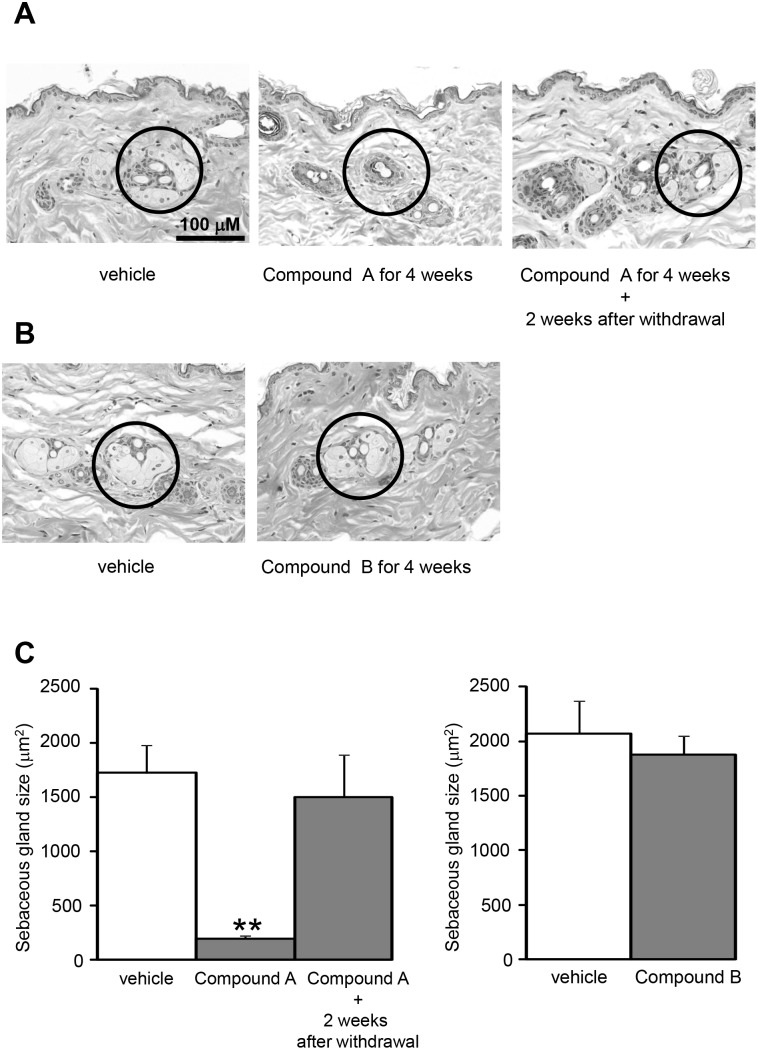Figure 4. Microphotographs of the skin from the diet-induced-obese (DIO) mice.
Microphotographs of the skin from the diet-induced-obese (DIO) mice treated with vehicle (10% Pluronic F-68 for Compound A, 1% Tween 80 for Compound B), 30 mg/kg Compound A once daily (A), or 30 mg/kg Compound B twice daily (B) for 4 weeks. The sebaceous gland is surrounded with a circle. The mice administered Compound A showed moderate skin aberrations derived from atrophy of the sebaceous gland. There were no injurious or inflammatory changes, and the skin aberrations recovered 2 weeks after the Compound A withdrawal. There were no skin aberrations in the mice administered Compound B. The sebaceous gland sizes are plotted (C). Data are expressed as means + SEM (N = 4). **P<0.01. Statistical analyses between the vehicle-treated group and Compound-treated groups were performed by the Dunnett’s multiple comparison test.

